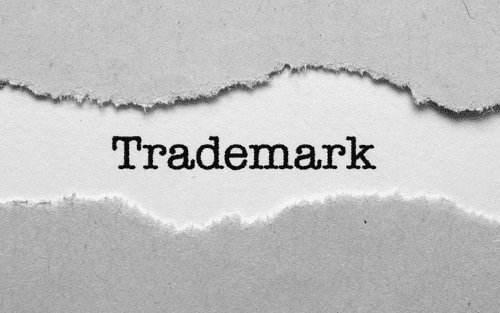What Is A Trademark And What Is It For?
A trademark is used to identify a business in the realm of goods or services in which it operates. The trademark serves to provide a connection between the goods and services of your business as distinct from any other business that is providing the same, or similar, goods and/or services. A trademark protects your business name or logo from being used by others in the same industry.
When starting or currently operating a business, considerations come up in determining if you should register a trademark for your business’s logo or name. The main point is to obviously prevent competing ventures from potentially using your name, avoid confusion, and to keep you from infringing upon another’s mark should it already exist.
What Can Be Trademarked?
Really, many things are good enough to be a trademark. A word, name, or symbol, or associated color that you use to identify your business can usually serve as a trademark. To put into context, colors in general are not trademarkable. However, in conjunction with other symbols and when confined to a particular good or service, even a color can receive trademark protection. T-Mobile, for example claims the “-T- Mobile” characters as well as the magenta color featured in and associated with their mark. T-Mobile holds this trademark with its color to distinguish themselves as a provider of cellular phone service. This prevents other cellular service providers from using the same combination of characters and color in their own names and logos.
So long as another business in the same industry has not already filed or is using a similar combination of characters and colors in a mark in your area, and your mark has the generalized prerequisites to be labeled as a valid mark (including for example, non-functionality), it should likely work. If you want to file for federal protection (as discussed below), certain elements and classifications, set and judged by the United States Patent and Trademark office (USPTO), also need to be considered.
How To Protect Your Trademark
A trademark need not be filed with the USPTO in order to receive some protection. Filing a trademark with the USPTO is needed if you want nationwide protection for your mark and you use it nationwide. If you operate a business, knowing that it is and will likely remain a strictly local business, filing may not be needed to receive some localized protection. Use in commerce of your trademark, even if it conflicts with another’s mark, is often enough for protection in the area in which you operate your business. This is true if you used the mark before the other party filed their trademark or if there is no likelihood of confusion between the two marks due to isolated geographic considerations. See 15 U.S.C § 1125(a), https://www.uspto.gov/sites/default/files/trademarks/law/Trademark_Statutes.pdf ; Dawn Donut Co, Inc.. v. Hart’s Food Stores, Inc., 267 F.2d 358 (2d. Cir. 1959), https://casetext.com/case/dawn-donut-company-v-hart39s-food-stores-inc ; Burger King of Florida, Inc. v, Hoots, 403 F.2d 904 (7th Cir. 1968), https://case-law.vlex.com/vid/403-f-2d-904-595607162.
To protect a trademark nationwide under federal laws, two main requirements need to be met by your mark. The first is that the mark must already be in use in commerce, or at least filed with a good faith anticipation of use. 15 U.S.C. § 1127, https://www.uspto.gov/sites/default/files/trademarks/law/Trademark_Statutes.pdf. This basically means that you, as the business operator, are already using the mark or will be ready to use the mark soon after it is accepted by the USPTO. The other requirement is that the mark must be distinct in identifying your business as being tied to the goods and services you provide. When it comes to distinctiveness, the goal is to make sure there is no likelihood of confusion between your mark and another business in the same industry of goods or services. In addition, there are four tiers the US patent office will place each mark in to determine how protectable the mark is. 15 U.S.C. § 1052. The more distinctive the mark is, the more protection it receives, and it will likely end up on the Principal Register of trademarks (the best one). Less distinctive marks will often end up on either the Supplemental Register (not as good or protected) or not receive registration at all.
Contact SW&L Attorneys
Determining whether you need to register a trademark can be time-consuming and become complex. If you have questions about your business and how to fully protect it, contact the business team at SW&L Attorneys.










